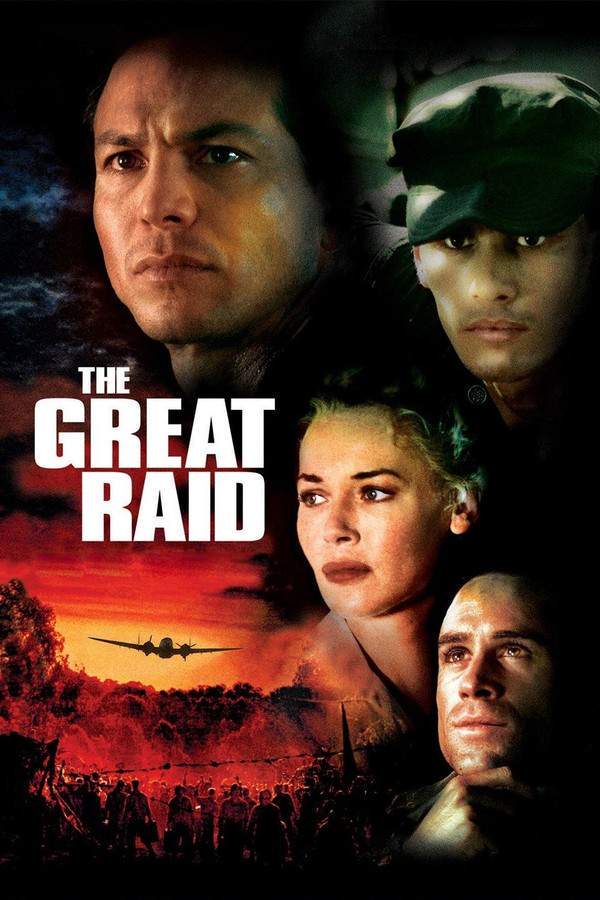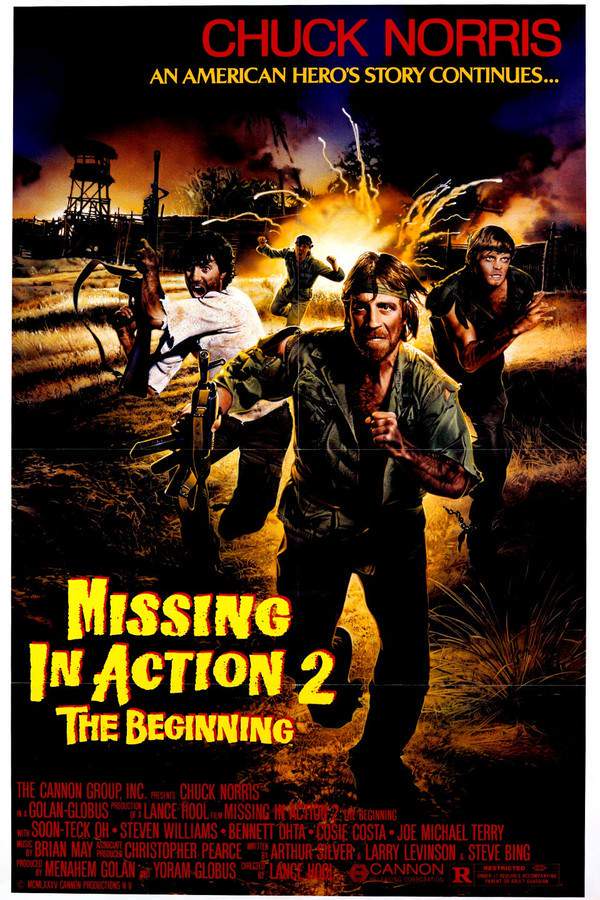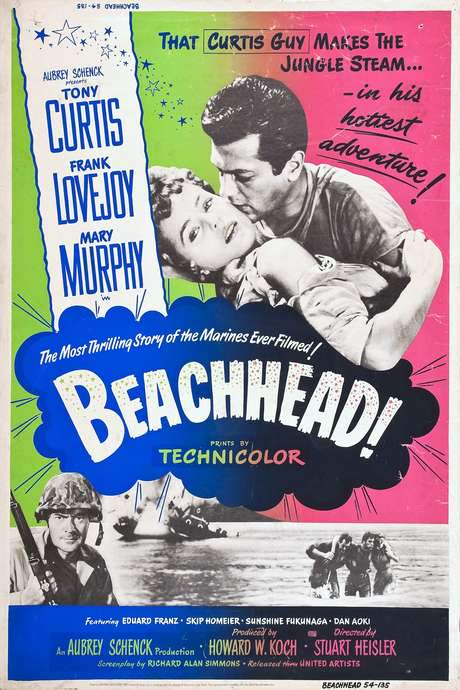
Gung Ho!
Year: 1943
Runtime: 88 mins
Language: English
Director: Ray Enright
The film follows Carlson’s Raiders, an elite U.S. Marine Corps battalion in the Pacific during World War II. Their mission is to recapture a strategically vital South Pacific island that Japanese forces now control after it was previously held by the United States. Action‑filled combat sequences trace their daring assaults to regain control.
Warning: spoilers below!
Haven’t seen Gung Ho! yet? This summary contains major spoilers. Bookmark the page, watch the movie, and come back for the full breakdown. If you're ready, scroll on and relive the story!
Gung Ho! (1943) – Full Plot Summary & Ending Explained
Read the complete plot breakdown of Gung Ho! (1943), including all key story events, major twists, and the ending explained in detail. Discover what really happened—and what it all means.
Lieutenant C.J. Cristoforos (played by J. Carrol Naish) announces that the United States Marine Corps is seeking volunteers for a hazardous mission and a special unit. The call draws a cross-section of men with starkly different backgrounds and motives, all drawn by the chance to do something decisive in the war against Japan. Among the volunteers are Robert Mitchum as ‘Pig iron’ Matthews, a tough, poverty-hardened boxer who bluntly states that he already knows how to kill; Alan Curtis as John Harbison, an ordained minister who volunteers for the most dangerous assignment because that is where he can do the most good; Harold Landon as Frankie Montana, a Brooklyn-born recruit who resents being called a “no-good kid” and who must prove his worth after an initial rebuff; David Bruce as Larry O’Ryan, a brotherly rival of another recruit; and Noah Beery Jr. as Kurt Richter, a tough marine with his own private agenda. The group also includes a Filipino fighter committed to avenging his sister who was caught in Manila, a Marine whose brother died at Pearl Harbor, a veteran who fought fascism in Spain and Greece, and a man who coldly admits, “I just don’t like Japs.”
Sgt. Leo ‘Transport’ Andreof is reunited with the unit’s commander, Lt. Col. Thorwald. Thorwald (a dramatic symbol of unconventional warfare) explains his unusual path: he left the Marine Corps to serve with the Chinese Communist Eighth Route Army during the Second Sino-Japanese War, to learn about the enemy and gauge their chances. From that experience he forms a new unit built on the philosophy of teamwork and cooperation—something he terms “Gung Ho” in spirit. Thorwald’s plan isn’t simply to strike at the enemy but to forge a cohesive team that can operate with confidence and precision in dangerous conditions. Sam Levene as Leo ‘Transport’ Andreof is the one who reconnects with Thorwald, driven by a shared sense of duty and the anticipation of action.
After rigorous training, the Raiders head to Hawaii for advanced jungle warfare instruction, where they personally witness the aftermath of the Pearl Harbor attack. While there, a radio bulletin crackles through the airwaves announcing the ongoing Battle of Guadalcanal, signaling a shift from preparation to real, high-stakes combat. The Marines are ordered to board two submarines destined for a daring commando raid on a Japanese-held island, and the mood shifts from camaraderie to focused tension as the team steels itself for the mission ahead.
The voyage is claustrophobic, testing nerves and resolve as the Raiders approach their target by rubber boats. Once ashore, they face immediate danger from snipers hidden in palm trees. The assault intensifies as they move to the Japanese headquarters, quickly overpower the garrison, and neutralize key installations using explosives. The mission culminates with a perilous withdrawal to the submarines, bringing the operation full circle: from nerve-wracking recruitment to a battered but successful return home, with the volunteers having proven that their diverse backgrounds could come together under pressure to accomplish a shared goal.
I just don’t like Japs
In the end, the raid showcases a mosaic of characters—each driven by personal reasons, each tested by extreme circumstances—who, despite their differences, find a common purpose in service. The story blends character-driven moments with brisk, action-oriented sequences, offering a window into how a unit formed from disparate backgrounds can function as a cohesive force when the stakes are highest.
Last Updated: October 09, 2025 at 11:17
Unlock the Full Story of Gung Ho!
Don't stop at just watching — explore Gung Ho! in full detail. From the complete plot summary and scene-by-scene timeline to character breakdowns, thematic analysis, and a deep dive into the ending — every page helps you truly understand what Gung Ho! is all about. Plus, discover what's next after the movie.
Gung Ho! Timeline
Track the full timeline of Gung Ho! with every major event arranged chronologically. Perfect for decoding non-linear storytelling, flashbacks, or parallel narratives with a clear scene-by-scene breakdown.

Similar Movies to Gung Ho!
Discover movies like Gung Ho! that share similar genres, themes, and storytelling elements. Whether you’re drawn to the atmosphere, character arcs, or plot structure, these curated recommendations will help you explore more films you’ll love.
Explore More About Movie Gung Ho!
Gung Ho! (1943) Scene-by-Scene Movie Timeline
Gung Ho! (1943) Movie Characters, Themes & Settings
Gung Ho! (1943) Spoiler-Free Summary & Key Flow
Movies Like Gung Ho! – Similar Titles You’ll Enjoy
Flying Leathernecks (1951) Plot Summary & Ending Explained
The Great Raid (2005) Detailed Story Recap
Missing in Action (1984) Plot Summary & Ending Explained
Attack Force Z (1981) Ending Explained & Film Insights
Magnificent Warriors (1987) Complete Plot Breakdown
Back to Bataan (1945) Plot Summary & Ending Explained
Marine Raiders (1944) Detailed Story Recap
Pacific Inferno (1979) Full Movie Breakdown
The Naval Commandos (1977) Spoiler-Packed Plot Recap
Too Late the Hero (1970) Detailed Story Recap
Beachhead (1954) Story Summary & Characters
The Fighting Seabees (1944) Full Summary & Key Details
Guadalcanal Diary (1943) Film Overview & Timeline
Go for Broke! (1951) Detailed Story Recap
Hell in the Pacific (1968) Ending Explained & Film Insights

















